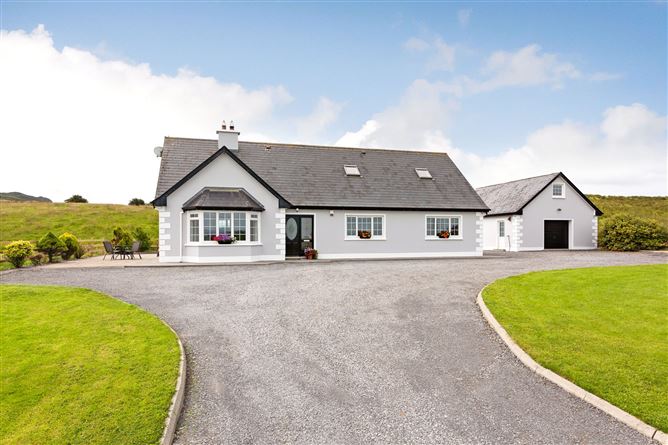


Prepared under the direction of the Chief of the General Staff, Ministry of Defence July 2006, p. ^ a b c Operation Banner: An analysis of military operations in Northern Ireland.^ a b c d e f Quote from Regimental history of the Royal Fusiliers: “For England and St George”.Improvised tactical vehicles of the Provisional IRA.Chronology of Provisional Irish Republican Army actions (1990-1999).

This new checkpoint cost £7 million, only to be removed in 1998 right after the Good Friday Agreement. A sustained mortar attack was also carried out by the Provisionals on 6 August. During the construction of the new outpost, there was an IRA rocket attack on a lorries' convoy carrying materials to the site on 30 July 1992. Another smaller PVCP was built a few miles to the west. They drain resources, sap the strength of the security forces, and place many lives needlessly in danger." įormer British Army Brigadier Peter Morton put in question the wisdom of these fixed military compounds along the border by comparing the bases with "Crusader castles showing the flag on every Ulster road and hillside, (they) are sitting targets for the terrorists, to be reconnoitred in safety and attacked at leisure. The British Army's official report about this incident stated: "This was a well-planned and well-executed attack indicative of the imaginative, innovative and capable nature of South Armagh PIRA". Colman was awarded a General Officer Commanding commendation for his role in rescuing the body of Fusilier Grundy and the wounded soldiers. A total 23 troops received injuries of different severity. Fusilier Grundy was killed almost instantly, but the rest of the soldiers, all inside a reinforced concrete bunker, survived the massive blast. The 10-ton sangar was lifted off of its foundation and thrown 12 yards away. At 2:05, the explosive went off, demolishing the checkpoint. The IRA volunteer then radioed the men at the end of the wire to trigger the bomb. An IRA statement claims that a braking device was then used to stop the van when it passed abreast of the complex. Meanwhile, an IRA member, from the high ground south of the position, waited for the van to reach its target, guided by the vehicle's courtesy lights. Grundy tried to disable the improvised locomotive with gunfire, to no avail. The sentry at R15, Fusilier Andrew Grundy, spotted the incoming threat and alerted the other soldiers in the checkpoint, who rushed to take shelter from the bomb.

Another soldier looking through a telescope from R14, a watchtower on top of Cloghoge mountain, spotted the van on the rails heading towards the checkpoint, which was alerted by radio immediately. The first tip that something was wrong was when a passer-by told another patrol, led by Lieutenant ‘Zippy’ Allanach, that his vehicle had been diverted by hooded men at one of the IRA checkpoints. Ī British Army patrol from the 2nd Battalion Royal Regiment of Fusiliers 300 yards (270 m) south of the outpost heard what sounded like a train approaching the checkpoint. The South Armagh Brigade had examined the compound and realised that the railway side of the fortified position was lacking of blast wall protection. Īt about 2:00 AM, the van was clamped into first gear and directed at the Romeo-One-Five (R15) military checkpoint, a permanent vehicle checkpoint on M1 motorway, alongside the railway. The IRA unit who set up the checkpoint in the Republic wore Garda Síochána uniforms. Meanwhile, other IRA members in support role set up roadblocks on both sides of the border to keep people away from their target. The van was then driven some 800 metres north and a mile-long wire attached to a triggering device was added to the bomb. The heavy machine was also used to build a ramp with stones and wooden planks to align the van bomb with the railway. The excavator moved up the ramp and lifted the van onto the railway. The van was fitted with a bogie with a special wheelset that could run on the rail tracks. This was to be used to build a makeshift ramp up to the Dublin–Belfast railway line, which drew parallel to the Dublin–Belfast motorway (M1).Īt the same time, other IRA members stole a dark-painted Renault Master van in Dundalk, County Louth, which was then loaded with 2,200 lb (1,000 kg) of home-made explosives. During the late hours of 30 April, a group of four Provisional IRA members held a family hostage in Killeen, County Armagh, and stole a mechanical excavator.


 0 kommentar(er)
0 kommentar(er)
